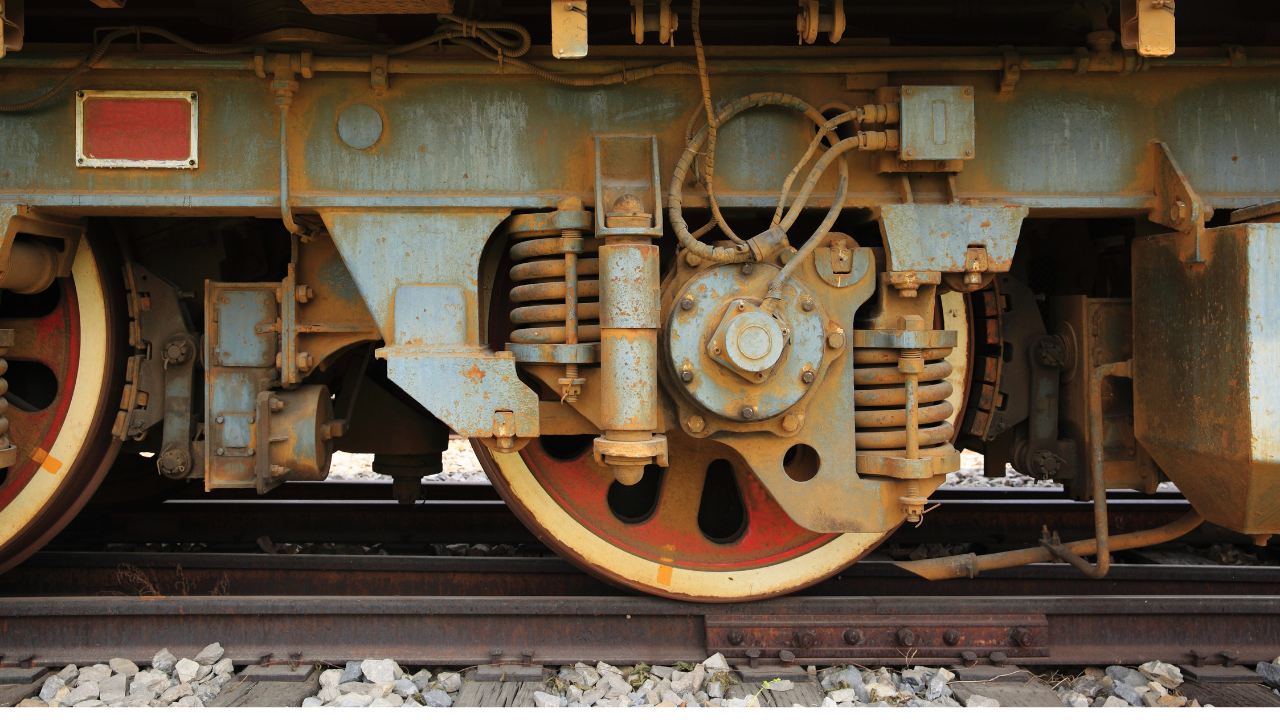Lost Radioactive Capsule Proves Preventive Maintenance is as Important as Ever
Natalie Johnson
Posted 02/01/2023
Preventive Maintenance is as important as ever and this is extremely evident considering a radioactive capsule was lost in the vast landscape of Western Australia for nearly 2 weeks.
Emergency services had been scanning the truck’s route for the last seven days and finally found the capsule on Wednesday, February 1st. A team driving down the road used radiation detection equipment to locate the capsule on the side of the road, outside of Newman.

How did the Capsule go Missing?
Earlier this month a Rio Tinto Mine hired a contractor to transport radioactive materials 870 miles across Western Australia from a desert mine in Newman to the City of Perth. The truck began the trek on January 12th and arrived in Perth on January 16th.
Unfortunately, it wasn’t until January 25th when the package was inspected that anyone noticed the radioactive capsule was missing. Emergency services were notified the same day.
According to the Department of Fire and Emergency Services, the gauge on the packaging was missing, one of four mounting bolts were missing, and all the screws on the gauge were missing.
Despite Rio Tinto supposedly hiring a qualified contractor, using an approved casing, and bolting the box onto a pallet in accordance with the radiation safety and transport regulations, it is believed strong vibrations from the truck and the road may have caused the mounting bolt to come loose allowing the capsule to fall from the truck.
A rare and unusual situation considering there is strict protocol in place for the transportation of radioactive materials.
What is the Capsule Used For?
Rio Tinto runs an iron ore mining operation in Western Australia. Radioactive capsules are commonly used in density gauges to measure the density of iron ore feed in the crushing circuit.
Since they are commonly used as fixed radiation gauges to measure the density and flow of materials in the mining, oil, and gas industries there are standards to ensure the safe transport of radioactive material. These standards include the training of personnel who may handle the radioactive material, packaging requirements, and controls for safe handling and emergency response.
Radiation Services says radioactive substances are transported throughout Australia regularly and without issues, adding that, “In this case, there seems to be a failure of the control measures typically implemented.”
How Serious was the Missing Capsule?
The capsule only measures 8mm by 6mm (0.31 in by 0.24 in), roughly half the side of a gumdrop.

The capsule’s size and the span of the search area made it extremely difficult to locate. In fact, some were skeptical of ever finding the capsule comparing it to finding a needle in a haystack.
The capsule could have posed a danger to the public and/or wildlife that may have encountered it. It emits gamma and beta rays at dangerous levels that equal about 17 x-rays in an hour, if you are standing 3 feet away. Prolonged exposure could cause cancer and other illness and close contact could result in skin burns, radiation sickness, and impacts to the immune system.
Considering the remote location, the capsule was found in and evidence the device didn’t move once it fell of the truck, authorities are not concerned about injuries or radiation exposure to the public. However, they are still setting up a 65-foot perimeter to ensure the area has not been contaminated.
Authorities are verifying the device by its serial number, and it is being stored at a secure location before being transported to Perth on Thursday. This time, the radioactive device will be stored in a lead container for transport to shield anyone from radiation exposure.
What will happen going forward?
An investigation has been launched to determine how the device was lost in transport and if any parties are negligent. If negligence is proved, then the authorities may move forward with prosecuting the responsible parties.
What if it wasn’t found?
Caesium-137, the highly radioactive substance contained in this capsule has a half-life of about 30 years, meaning the capsule could have been radioactive for the next 300 years.
However, experts assumed the capsule would have remained intact meaning the radiation would have been contained and likely would not have contaminated the environment. As long as the capsule did not come in close contact with humans or animals, it is unlikely it would’ve had any adverse effects.
Thankfully the capsule was found, and everyone is safe, but efforts to ensure proper transportation of hazardous materials must be followed to ensure this situation never occurs again.

Midweek with Maintenance World
Looking for a midweek break? Keep up with the latest news brought to you every Wednesday by the Maintenance World crew.

Natalie Johnson
Natalie Johnson is the previous editor/website administrator for MaintenanceWorld.com, and is currently a student at Campbell University Norman Adrian Wiggins School of Law.
Related Articles

Cardinal Manufacturing, Helping to Bridge the Manufacturing Skills Gap

South Carolina Ranked as the #1 State for Manufacturing

The Decade of American Reshoring




